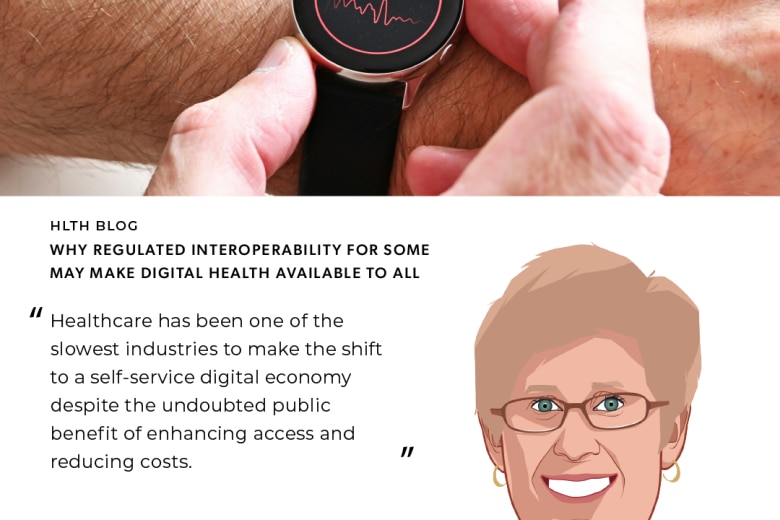Thirty years ago, interoperability was a lot simpler. If you could exchange data between two IT systems, you had interoperability. But in the 3 decades since, the amount of data and the number of sources of data for an individual or a population have both increased exponentially. Now interoperability is about accessing data across many systems, both inside and outside the organization, as a single, concordant view, and presenting it to clinicians in a way that is usable and actionable in their workflows.
FHIR – HL7 Fast Healthcare Interoperability Resources – is quickly becoming the foundation for the future of interoperability. The FHIR standard has the ability to provide vastly simplified, accelerated, and effective clinical information sharing between systems, and it’s creating opportunities for tremendous innovations in the healthcare IT industry.
Not surprisingly, the topic of FHIR was once again one of the most talked-about themes at the annual HIMSS conference, the largest health IT conference in the U.S. At this year’s show, there were more than 60 presentations on the standard, compared with less than 10 sessions on the topic last year. I also personally saw vendors across the HIMSS show floor presenting “FHIR-compatible” capabilities and tools, leaving the older HL7 standards in the dust. That’s a clear indicator of how fast FHIR is growing.
However, while we can all agree that FHIR holds great promise for the future of interoperability, the industry shouldn’t jump ship too soon on the existing HL7 v2 and CDA standards.
That’s not to say that FHIR won’t win out for building new systems (because it will), but I do believe that FHIR will need to coexist with other standards for the foreseeable future. Reason being – there is no compelling economic argument to replace the billions of dollars worth of existing health IT systems that use other standards. What I do expect to happen is that FHIR will serve as a translation layer.
In fact, this was the first use we tackled at InterSystems – pulling V2 messages or CDA documents apart and storing them transiently as FHIR resources. Using FHIR as a translation layer allows systems to take advantage of FHIR and its capabilities. The reverse transformation can take place where data is exported from the platform back to systems that still only understand the older standards.
So, what does this mean for healthcare organizations? They need to be thinking about a strategy to live in this hybrid standards environment by implementing solutions that can operate with a variety of standards. Rather than replacing or abandoning their existing technology investments in systems that are far from the end of their lifecycle, organizations should look for solutions that aggregate data from a variety of systems operating with older standards – as well as newer systems based on FHIR. Those organizations can then leverage FHIR to access that aggregated data, now represented in FHIR form, for analytics, decision support, clinical care, and secondary uses made possible by the technology that underlies FHIR.
While the full value of FHIR is still years in the making, this capability can, and will, become a reality.






































